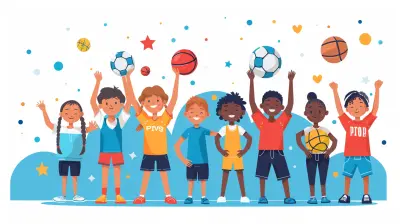The Importance of Heritage Language Preservation in Bilingual Education
29 June 2025
Have you ever stopped to think about how powerful language truly is? It’s not just a tool for communication—it’s a vessel for culture, identity, and connection. Now, imagine being able to speak more than one language. Pretty cool, right? But what happens when one of those languages starts fading away, especially the one tied to your roots? That’s where heritage language preservation in bilingual education becomes a game-changer, and honestly, we don’t talk about it enough.
Let’s dig into why keeping heritage languages alive matters so much—especially when kids are growing up speaking more than one language. Spoiler alert: it’s not just about speaking two tongues—it’s about holding onto a vital piece of who you are.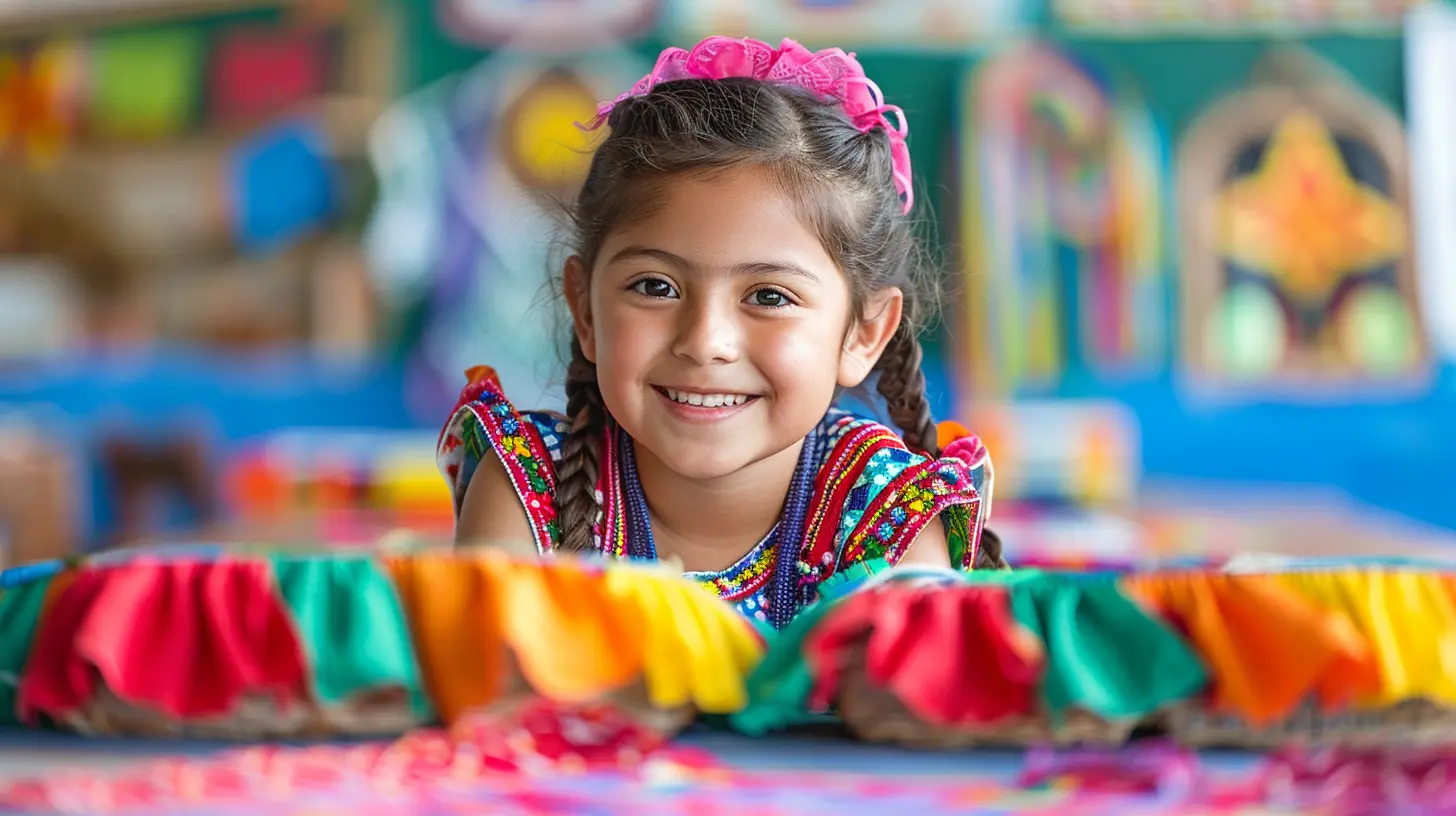
What is a Heritage Language, Anyway?
Before anything else, let’s define the term. A heritage language is a language that's tied to a person's cultural background but might not be the dominant language in the society they live in. For instance, a child growing up in the U.S. with Mexican parents might speak English at school, but Spanish at home.While the dominant language (in this case, English) often takes center stage in education and public life, the heritage language (Spanish) plays a backstage role—or worse, gets lost in translation.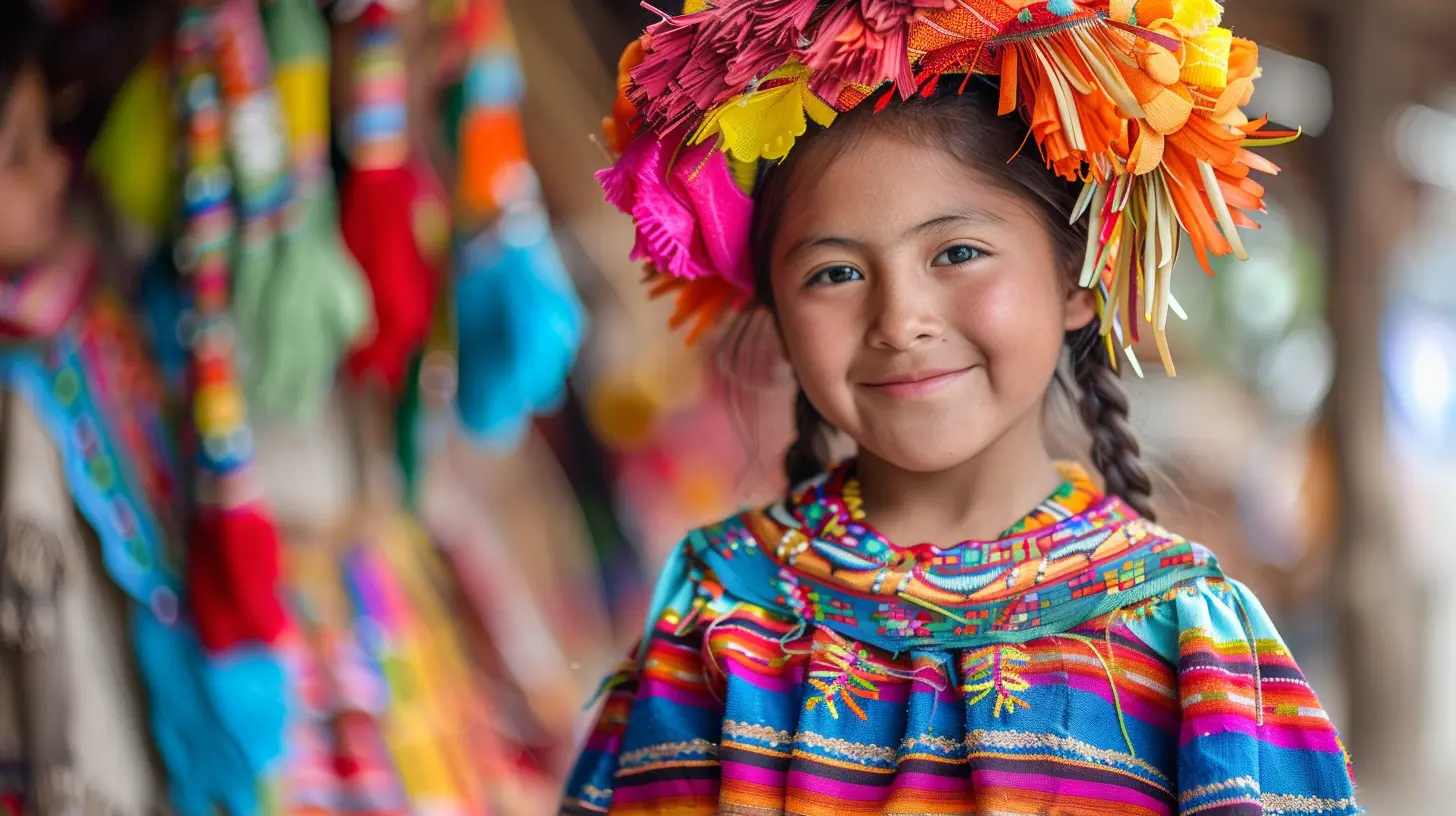
Why Heritage Languages Start to Fade
It’s a common story. A family emigrates, starts a life in a new country, and slowly, the younger generation shifts to the dominant language. The home language? It starts to slip away.Here’s why:
- Kids want to fit in with their peers. Let’s face it—no one wants to be "different" at school.
- Schools often focus entirely on the dominant language.
- Parents, trying to help their kids succeed, might put less emphasis on using their native tongue.
- Lack of resources or structured support to encourage bilingualism.
Over time, this often results in what's called language attrition—the gradual loss of a heritage language.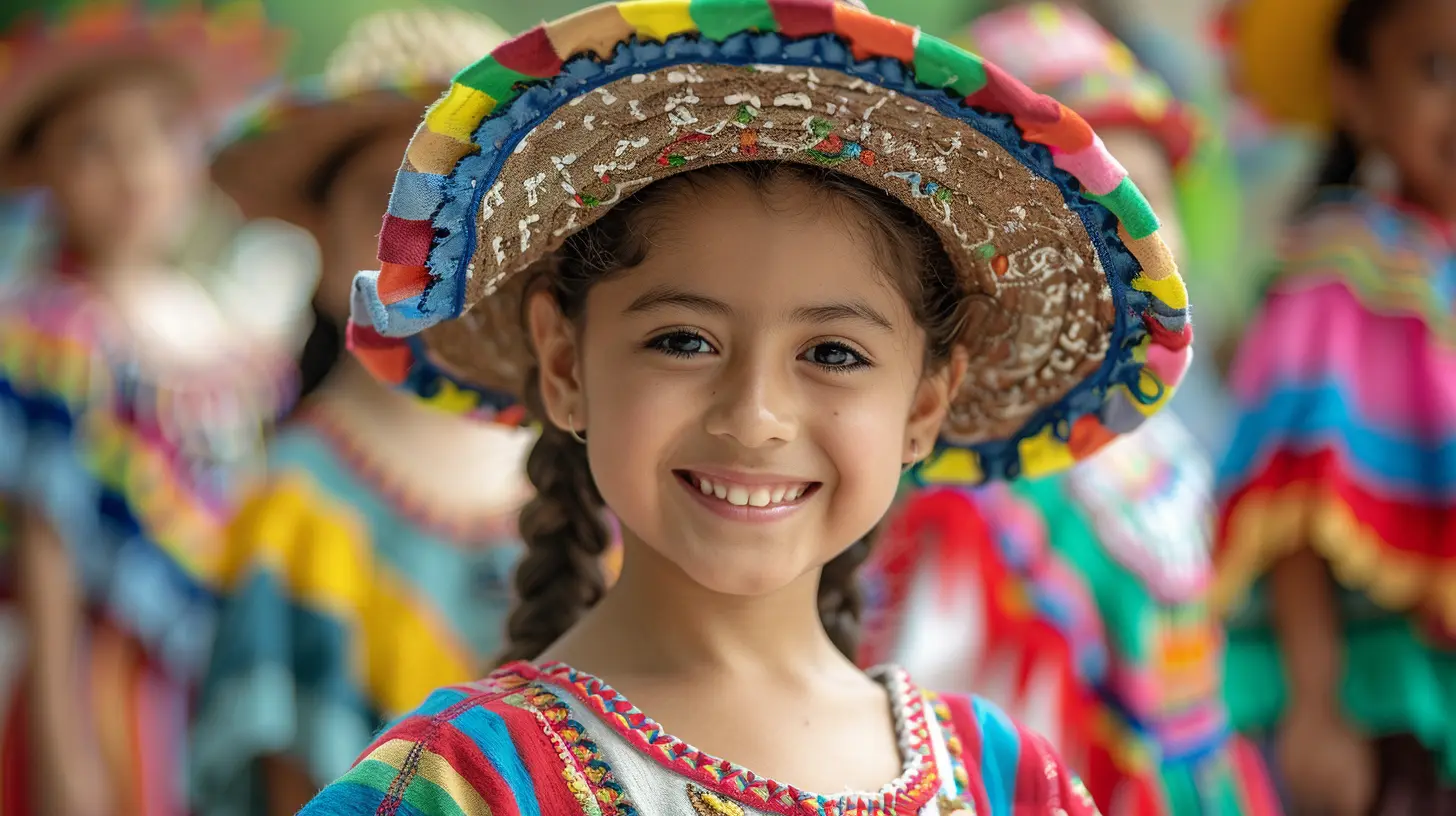
The Emotional & Cultural Weight of Heritage Languages
Now here’s where it gets real. Losing a heritage language isn’t like misplacing your keys. It’s the loss of a connection to your family history, stories, and sometimes even relationships.Let’s break it down emotionally:
- Loss of connection with elders: Many grandparents only speak their native language. Without it, that bond starts to fray.
- Cultural disconnection: Traditions, idioms, music, and food—so much of culture is wrapped up in language.
- Identity struggles: Kids who can't speak their heritage language might feel like they don’t fully belong to either culture.
Have you ever tried translating a song or a proverb from one language to another and realized it just doesn’t hit the same? That’s heritage language for you—rich, layered, and deeply tied to who we are.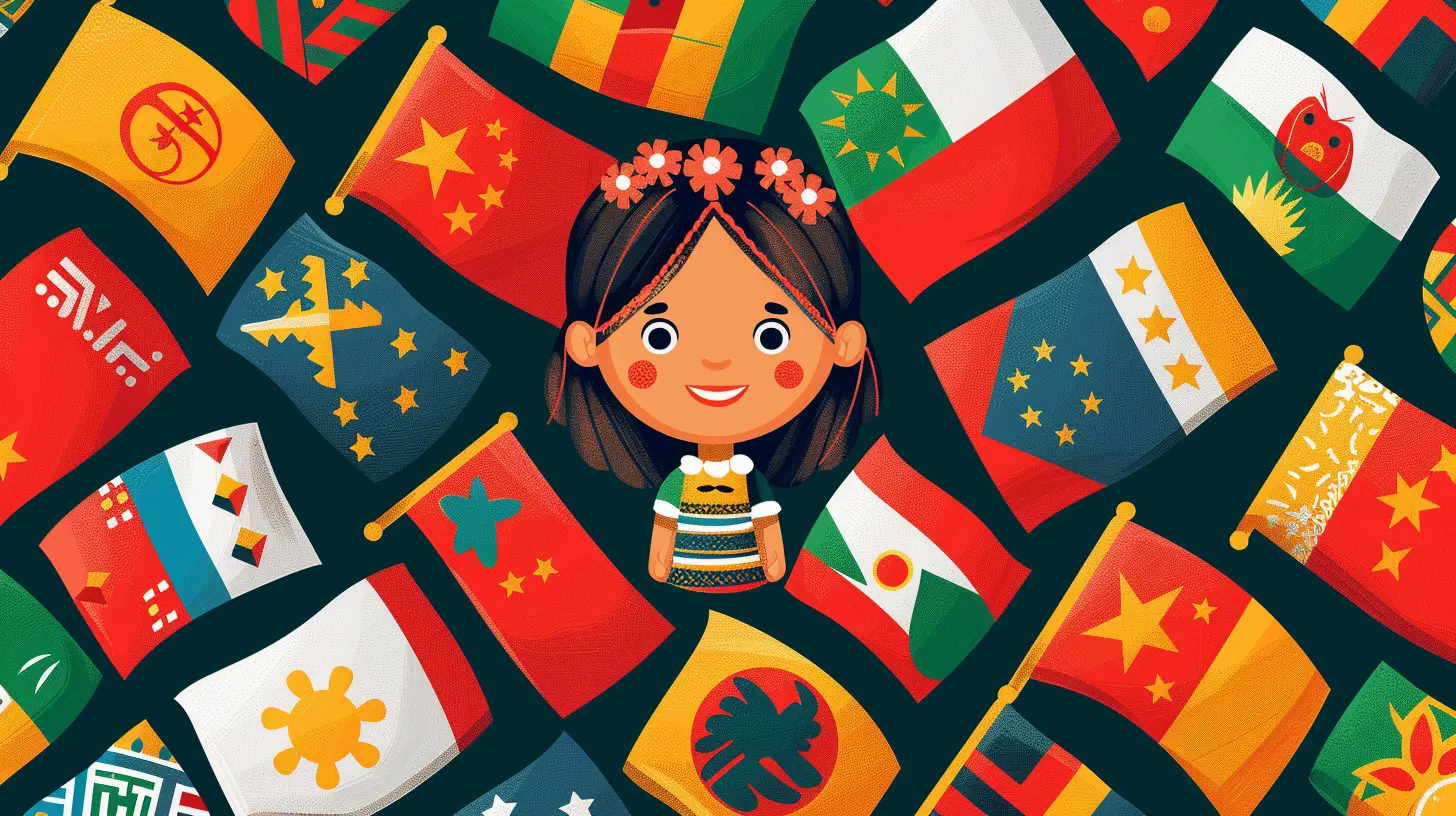
The Role of Bilingual Education in Language Preservation
Now, here’s the good news. Bilingual education isn't just about teaching a second language—it's about honoring both languages. And when done right, it can be a powerful tool for keeping heritage languages alive.Dual Language Programs
These programs teach students in two languages—usually the dominant one and a heritage or partner language. The goal? Literacy in both.This means a Mexican-American student might be learning math in Spanish and history in English. Cool, right?
Heritage Language Classes
In areas with large immigrant communities, some schools offer classes specifically in heritage languages. These aren’t just language classes—they also teach culture and history.Immersion Schools
In these environments, students are “immersed” in a language throughout their school day. This is a super effective way to build fluency and comfort in both languages from a young age.Academic Benefits of Heritage Language Preservation
You might be wondering, "Is all this just about culture and identity?" Not at all! There are plenty of academic perks too.Better Cognitive Skills
Studies show bilingual kids often have stronger problem-solving and multitasking abilities. It’s like giving your brain a workout with a personal trainer—more flexibility, more endurance.Improved Literacy
Kids who learn to read and write in their heritage language often perform better in the dominant language, too. It sounds crazy, but it’s true—literacy transfers between languages.Higher Academic Achievement
When kids feel seen and valued—including their language and cultural background—they tend to perform better in school. Makes sense, right? Feeling included boosts confidence, and that confidence translates into academic success.Social and Emotional Benefits
Let’s bring it back to the heart. Language isn’t just about brainpower—it’s about belonging.Stronger Family Bonds
Being able to communicate with your relatives in their native language can create deeper connections. Think of it as unlocking a secret door to family history.Confidence & Identity
Kids who retain their heritage language often show stronger self-esteem. They feel pride in who they are and where they come from.Bridging Communities
Bilingual students can bridge gaps between different cultural groups. They become natural translators—not just of words, but of ideas and perspectives.Barriers to Heritage Language Preservation
As much as we’d love for every school to support heritage languages, we’ve got some real challenges to face:Lack of Qualified Teachers
Not every school has staff fluent in heritage languages. And even fewer are trained to teach them effectively.Limited Resources
Books, learning materials, tech—most are in the dominant language. Heritage language content often takes a backseat.Societal Bias
Let’s be honest—some people still see languages other than English as “less useful,” especially in Western countries. That kind of thinking puts pressure on families to assimilate.What Can Parents and Educators Do?
So, what’s the solution? How do we flip the script and start taking heritage language preservation seriously?Start at Home
Parents, you’re the front line. Speak your native language at home. Tell stories. Sing lullabies in your mother tongue.Even if you think your kid prefers English—trust me, they’re absorbing more than you realize.
Advocate in Schools
Push for dual language programs or heritage language classes in your school district. It’s not “extra”—it’s essential.Use the Community
Libraries, cultural centers, weekend language schools—many communities offer amazing resources. Tap into them.Make It Fun
Learning a language shouldn’t feel like a chore. Use music, TV shows, games, and apps in the heritage language. Keep it light, engaging, and part of everyday life.The Bigger Picture: A Multilingual Future
Imagine a world where kids grow up speaking not just one or two, but several languages. Where they can fluidly switch between different cultural frames, like flipping channels on a multilingual TV.We're heading there—and preserving heritage languages is a vital part of that journey.
It’s not just about saving words—it’s about saving ways of thinking, feeling, and being. Every heritage language is a unique lens into the world. Why shut one eye when we could see in surround sound?
Real Stories, Real Impact
Let’s not forget the personal stories behind this movement.- A Korean-American teen reconnects with her roots through a heritage program and starts writing poetry in Korean.
- A Somali boy learns to read in both English and Somali and ends up being the top student in his class.
- A Mexican-American family preserves their dialect through bedtime storytelling, passing it on to three generations.
These aren’t just anecdotes—they’re proof that heritage languages matter. A lot.
Final Thoughts
Here’s the bottom line: languages are more than words. They’re the threads that tie us to our past and link us to our future. In the age of globalization, bilingual education should be about more than just learning marketable skills. It should be about honoring identity, culture, and the rich tapestry that makes each of us unique.So, whether you’re a parent, teacher, student, or just someone who loves languages—keep speaking, keep teaching, and keep listening. Your heritage language is a gift. Don’t let it slip away.
all images in this post were generated using AI tools
Category:
Bilingual EducationAuthor:

Monica O`Neal
Discussion
rate this article
2 comments
Nym McCall
This article effectively highlights the crucial role of heritage language preservation in bilingual education, emphasizing its benefits for cultural identity, cognitive development, and enhancing students’ overall academic success. A valuable read for educators!
September 23, 2025 at 3:51 AM

Monica O`Neal
Thank you for your kind words! I'm glad you found the article valuable in emphasizing the significance of heritage language preservation in bilingual education.
Phoebe Sawyer
Embrace heritage languages; they enrich our future!
July 8, 2025 at 2:14 AM

Monica O`Neal
Absolutely! Embracing heritage languages fosters cultural diversity and strengthens cognitive skills, benefiting future generations.


